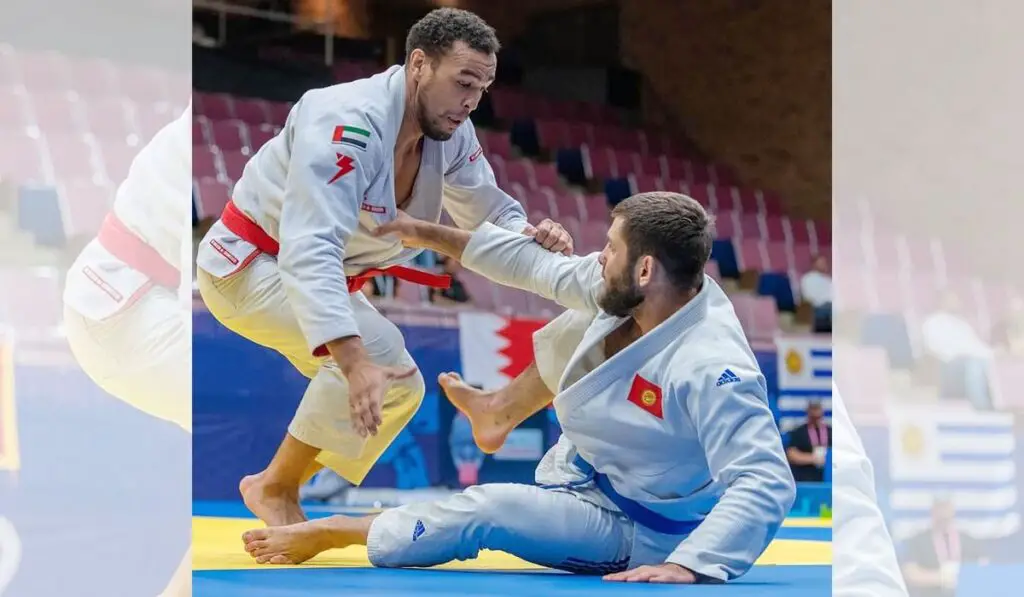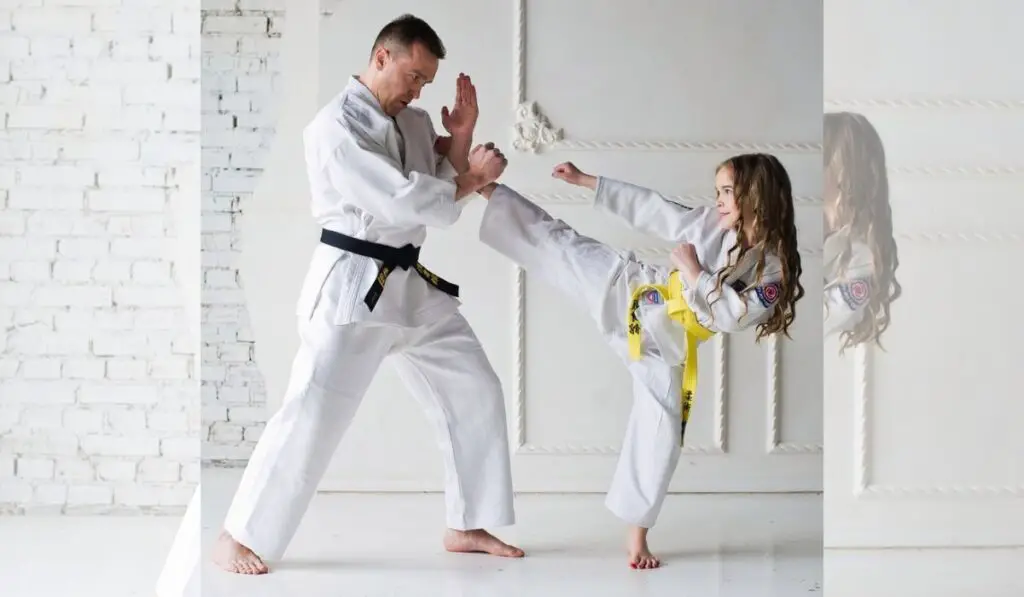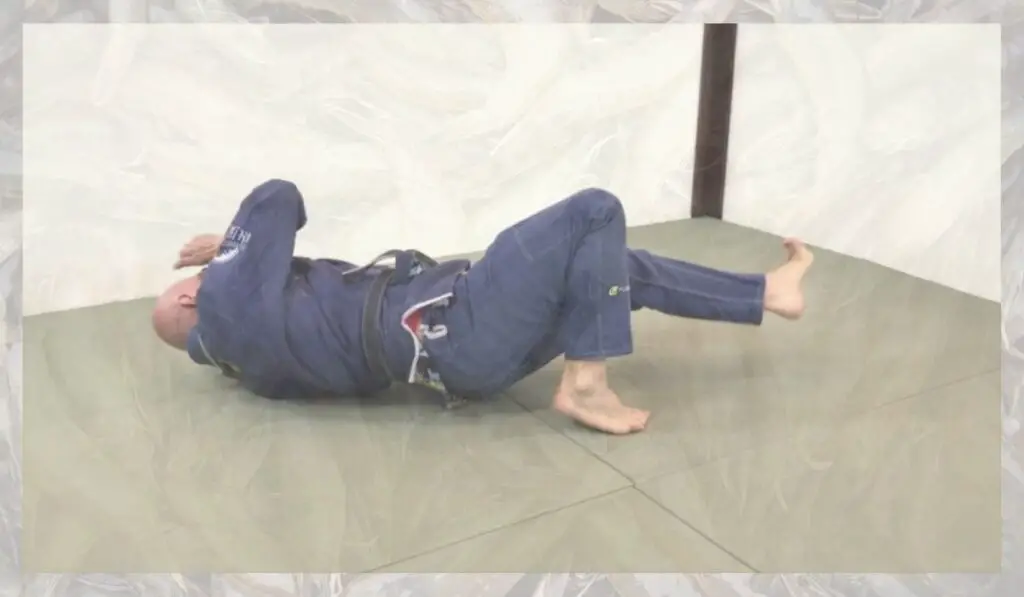Jujitsu is a Japanese martial art and sport combat discipline. It focuses on using the strength and momentum of an opponent against them. Jujitsu is divided into several styles, each with its techniques and philosophies.
This article compares Jujitsu combat sports fighting styles. Stay tuned!
Jiu-Jitsu Ne-Waza

Jiu-Jitsu Ne-Waza fighting style is similar to Brazilian jiu-jitsu with a little different set of rules. It does not involve striking and only focuses on ground combat and takedowns to dominate the fight.
So, both fighters can apply takedowns and other techniques, including chokes, joint locks, shoulder locks, back takes, and so on.
Otherwise, a jiu-jitsu Ne-Waza bout is won by submitting your opponent or scoring more points at the end of the clock.
Jujitsu Duo System
Duo System is another jujitsu fighting style that differs from Brazilian jiu-jitsu. It puts two jujitsu fighters who will be faced against a series of 12 attacks chosen randomly by the mat’s referees.
jujitsu Duo System fighters (male, female, or mixed) can several self-defense techniques, including strangulation techniques, chokeholds, punches or kicks, and armed techniques.
Otherwise, a ju-jitsu duo system bout is won based on the competitor’s potent attack, biomechanical principles, opponent’s control, attack’s effectiveness, fighter’s attitude, speed of execution, etc.
Jujitsu Fighting System

Fighting System is another jujitsu style with a different combat approach since it uses strikes, takedowns, and ground grappling techniques with a unique set of rules.
A jujitsu fighting system match is divided into three parts of three-minute combat:
- Part 1: This is the first jujitsu fighting system game stage. It begins from a standing position where both fighters can exchange strikes while managing distance and their balance to score points.
- Part 2: This is the second jujitsu fighting system game stage, which began when one of the fighters arrived to set up a grip on his opponent Gi. Both fighters can’t land strikes in this case, but they can process throws, takedowns, joint locks, and strangulation techniques.
- Part 3: The third jujitsu fighting system game stage begins when one fight lands on the ground. Both fighters can’t land strikes in this case, but they can do several submission techniques and transitions, including guard passing, joint locks, and choke submissions.
Finally, the jujitsu fighting system bout is won by accumulating more points in the three jujitsu fighting system game parts.
Contact Ju-Jitsu
Contact Ju-Jitsu is another jujitsu combat that is vastly different from Brazilian jiu-jitsu in terms of rules and fighting style. It is a dynamic and unique fighting combat system that integrates the fundamental Ju-Jitsu techniques found in the Fighting System, Ne-Waza, and the Duo System.
As a result, it is a non-stop and full-contact battle combining various methods to win over an opponent within a specific time limit, with particular consideration devoted to each athlete’s safety and fair play.
In a Contact Ju-Jitsu bout, athletes can employ several techniques to defeat an opponent. Therefore, punches, kicks, elbow and knee strikes, throws, sweeps, locks, pins, grappling maneuvers, takedowns, chokes, and submission holds are all authorized.
Finally, the contact ju-jitsu bout is won by knocking your opponent (successful submission or pure knockout) or opponent’s disqualification. But, if there is no pure victory (knockout) based on the effective execution of techniques, and if not, the referee’s decision will determine the winner.
Final Thoughts
Jujitsu is a diverse and dynamic martial art that incorporates a variety of combat tactics, such as:
- Jiu-Jitsu Ne-Waza
- Jujitsu Duo System
- Jujitsu Fighting System
- Contact Ju-Jitsu
Yet, they all share the fundamental premise of exploiting an opponent’s power and momentum. So, whether you want to compete, learn self-defense, or improve as a person, there is a Jujitsu style for you.



